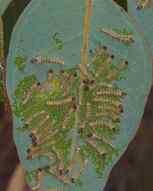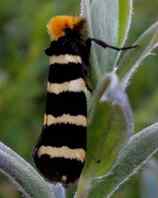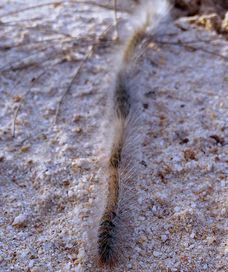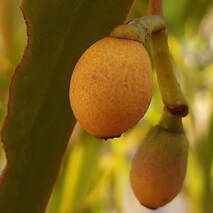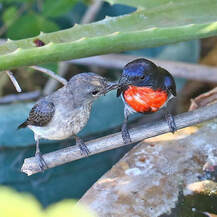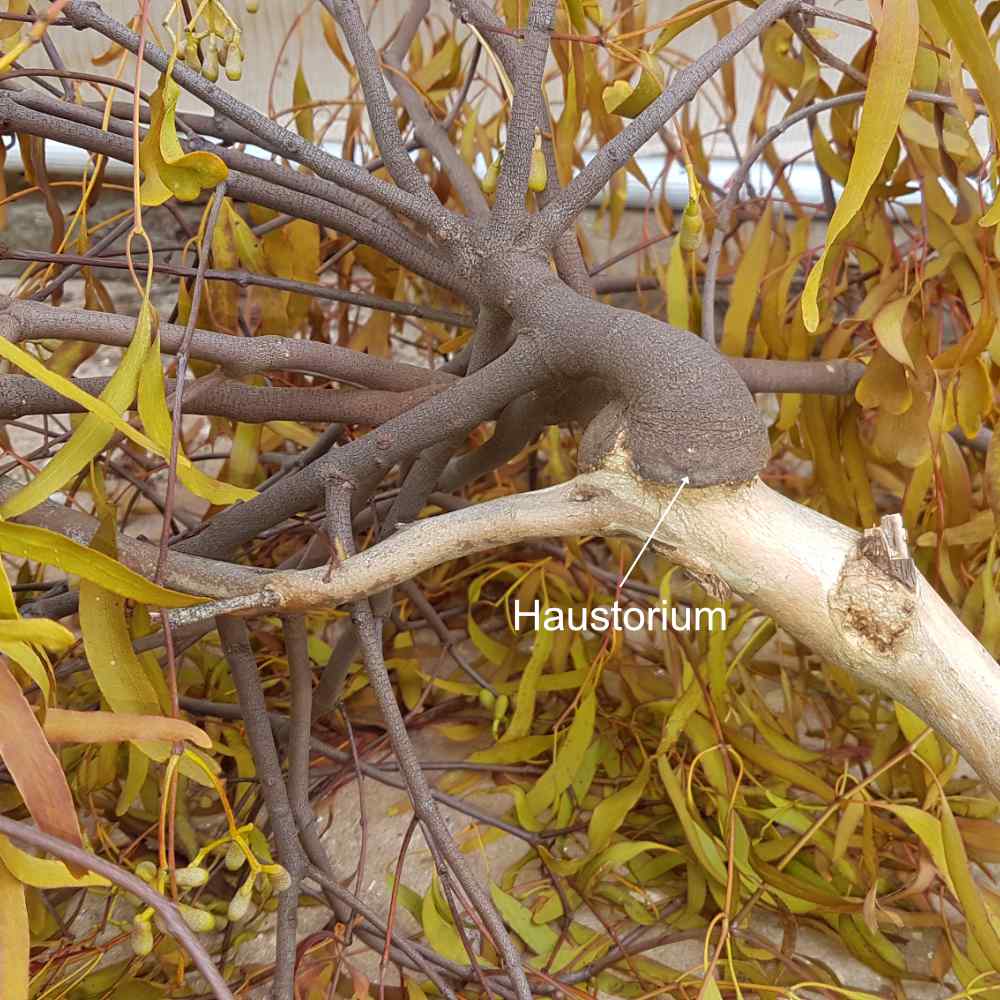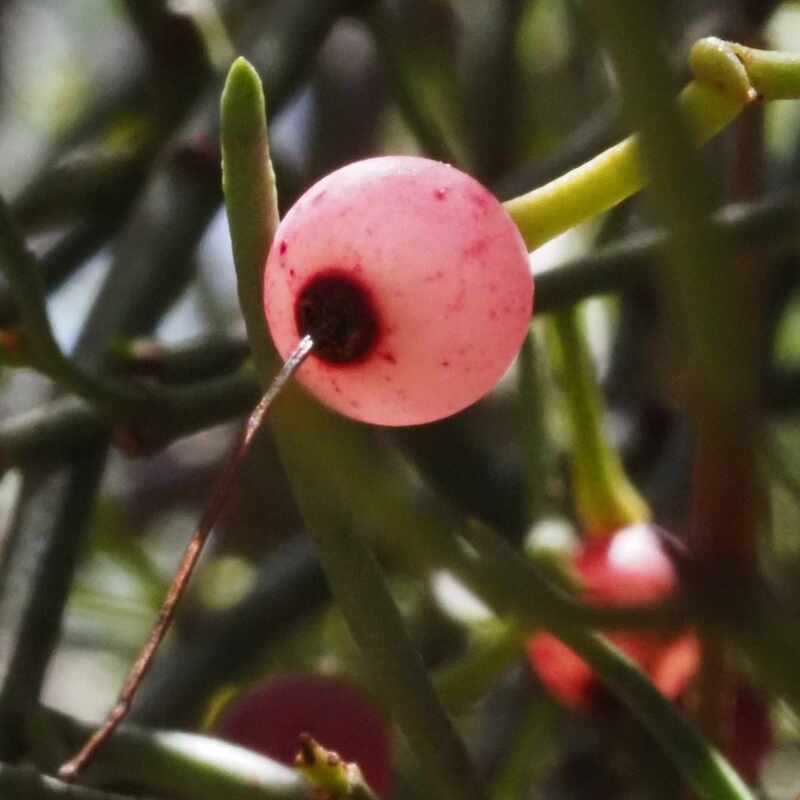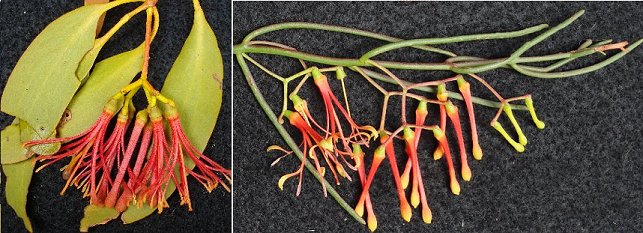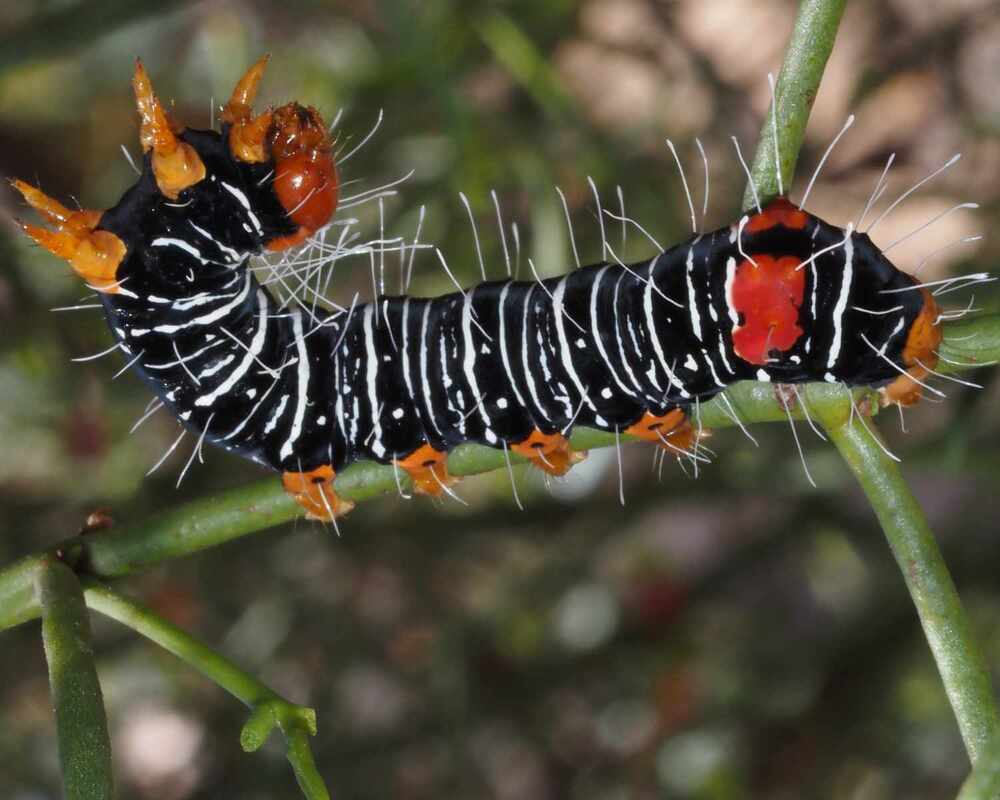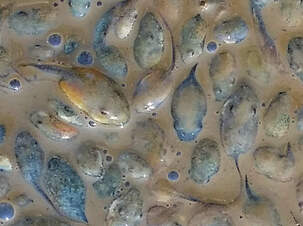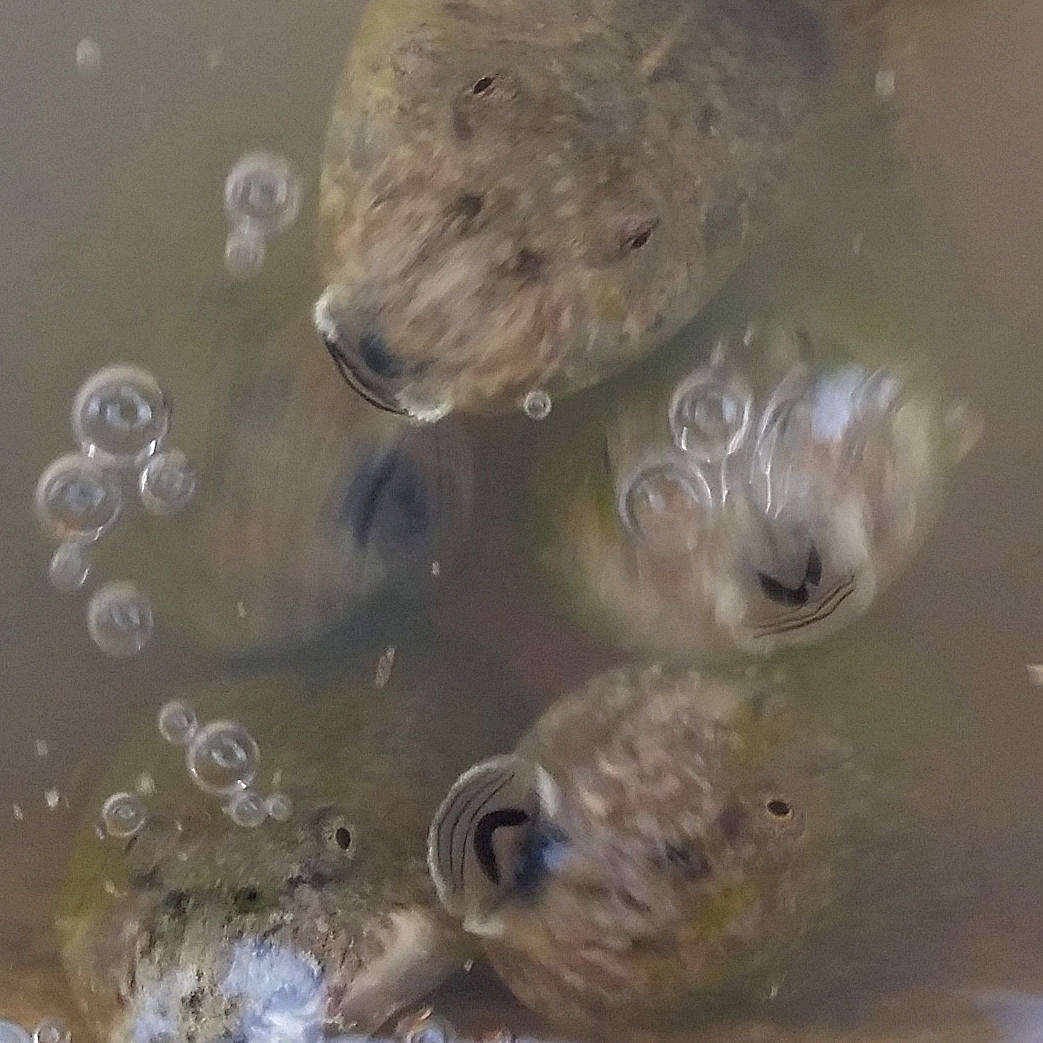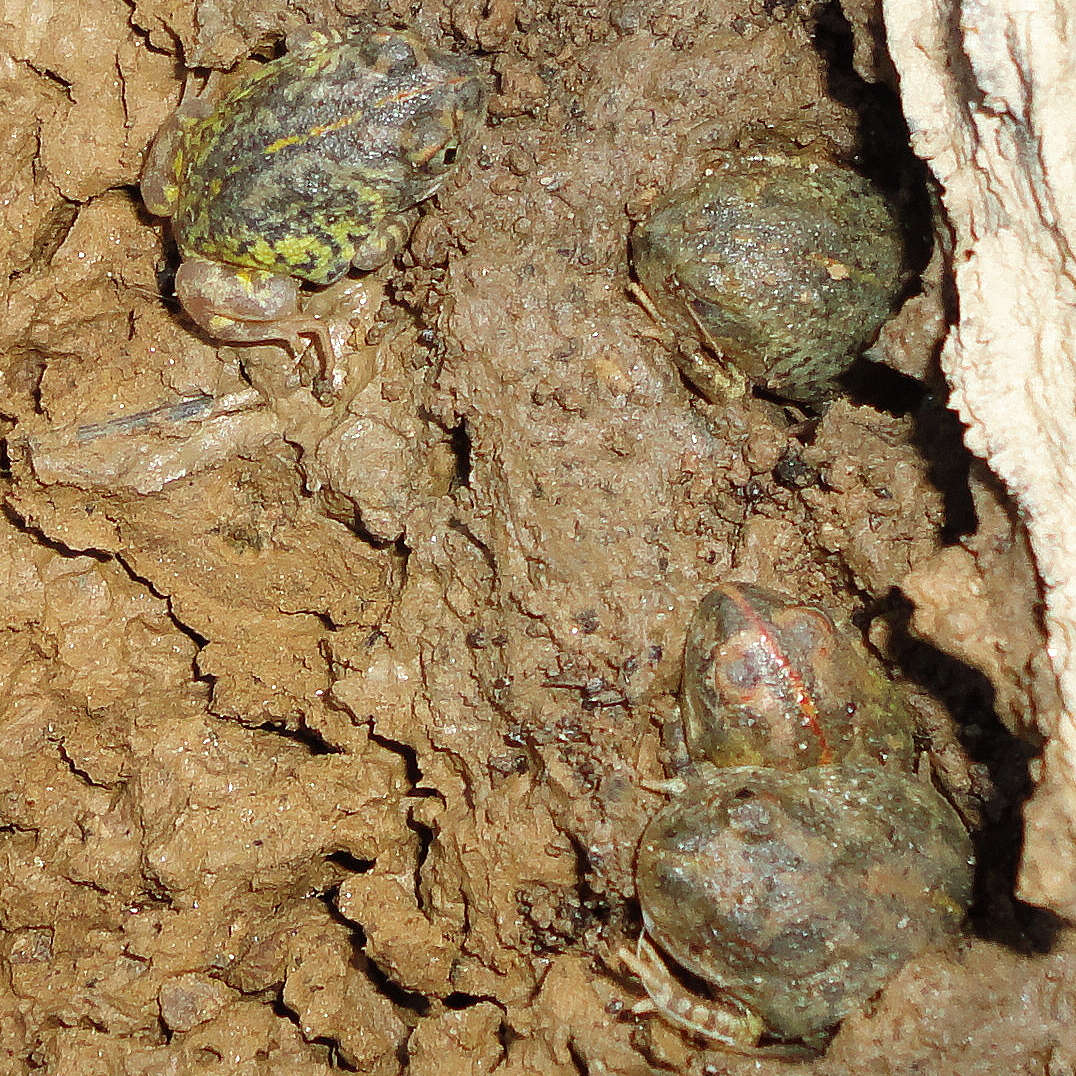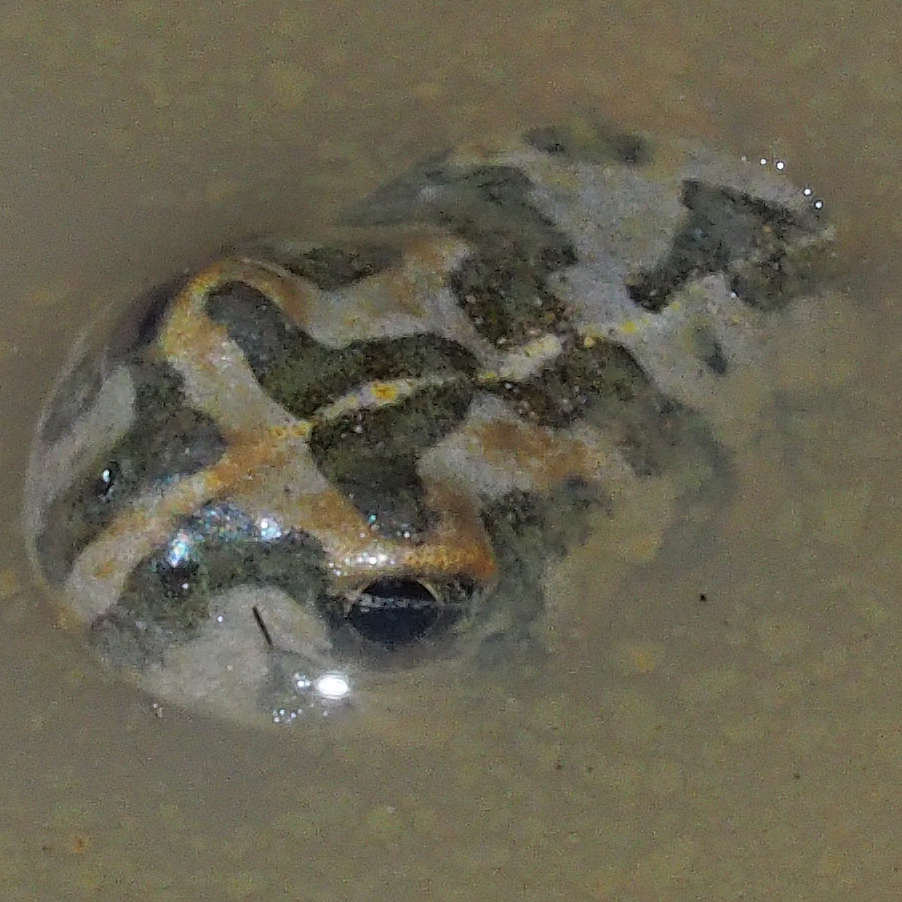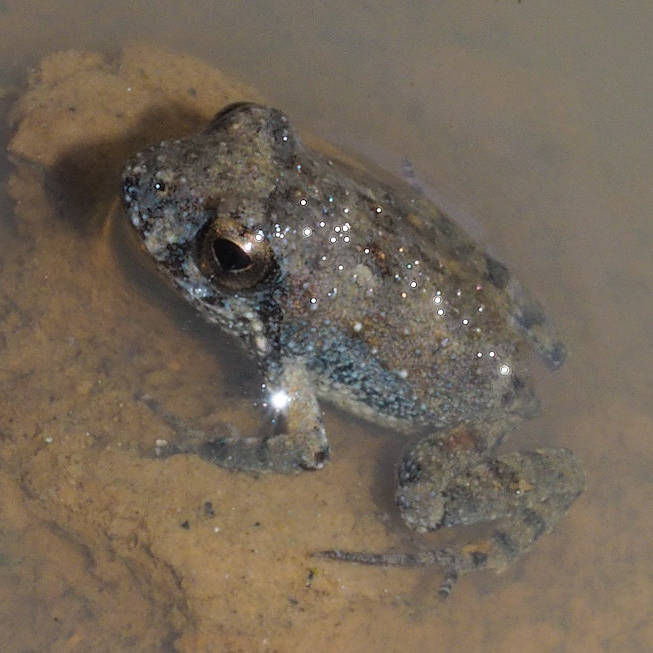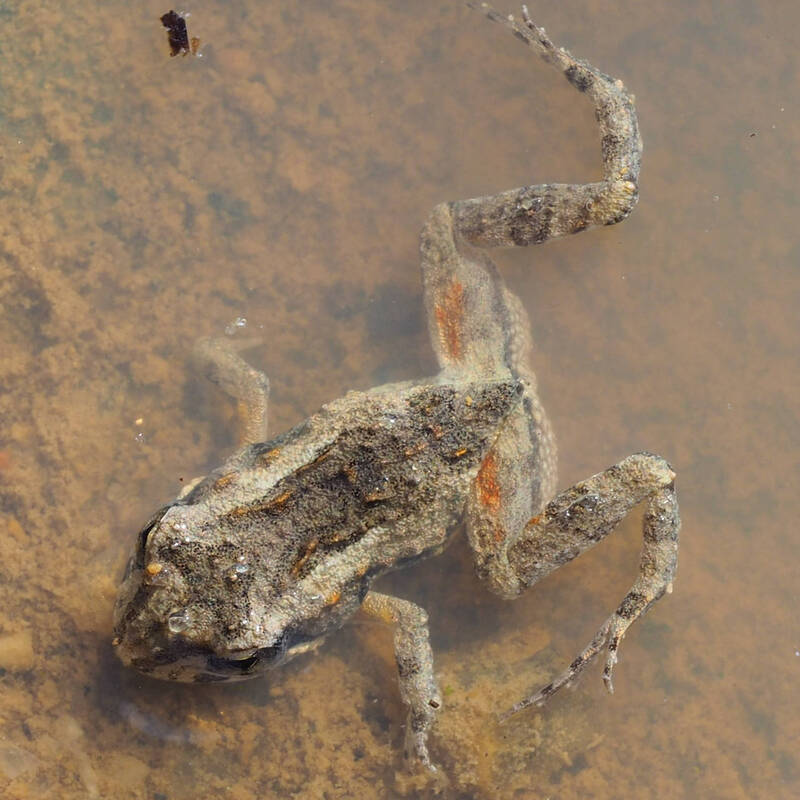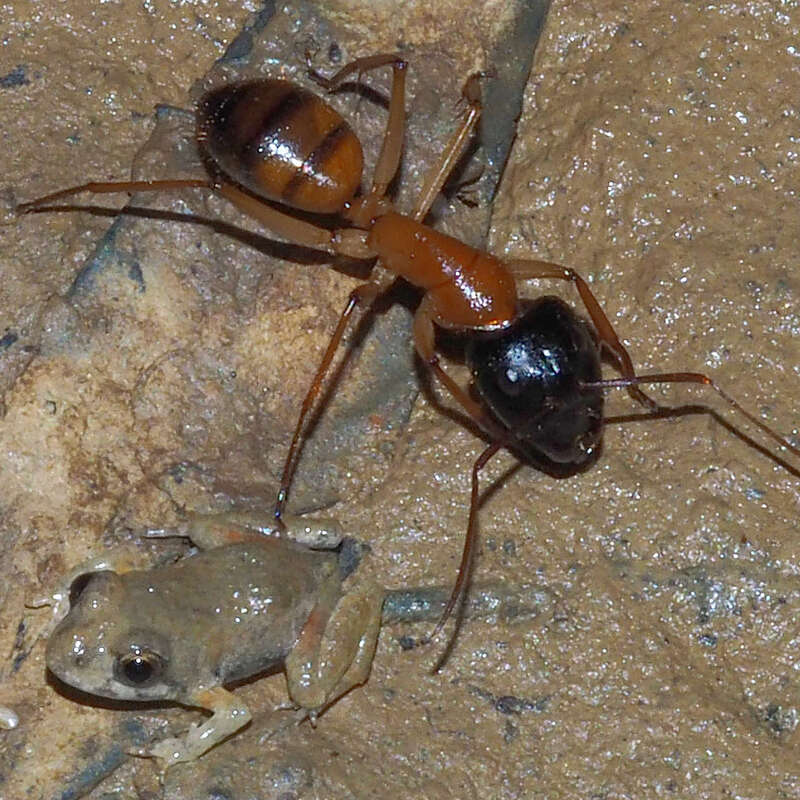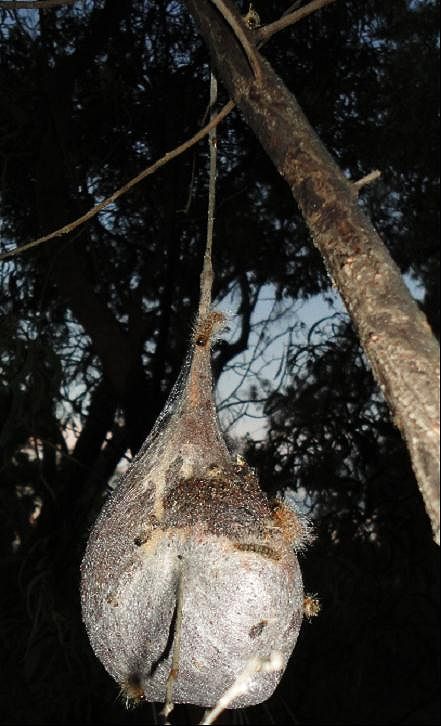
See on the left caterpillars emerging from the bag and beginning to climb to the top where they will form a line to march to some tasty leaves. They are known for having urticating (love that word) hairs.
To find the moth bag, look for it in a manna wattle shrub that adjoins the east facing part of the car park.
You will know that it is the correct one if you also see broken twigs and scraped bark on the trunk, and if you are lucky, blood, flesh and clothing fragments that mark where your intrepid correspondent fell out of the tree during the photo shoot. If you are really lucky you may also see traces of laughter tears in the dust left by my devoted wife.
The things I do for my readers
Anyone that sees them can’t fail to be fascinated by the unbroken long hairy line. A potential Ignoble Prize awaits the lucky researcher who can determine whether they follow each other by sight, smell or grabbing bum hairs.
